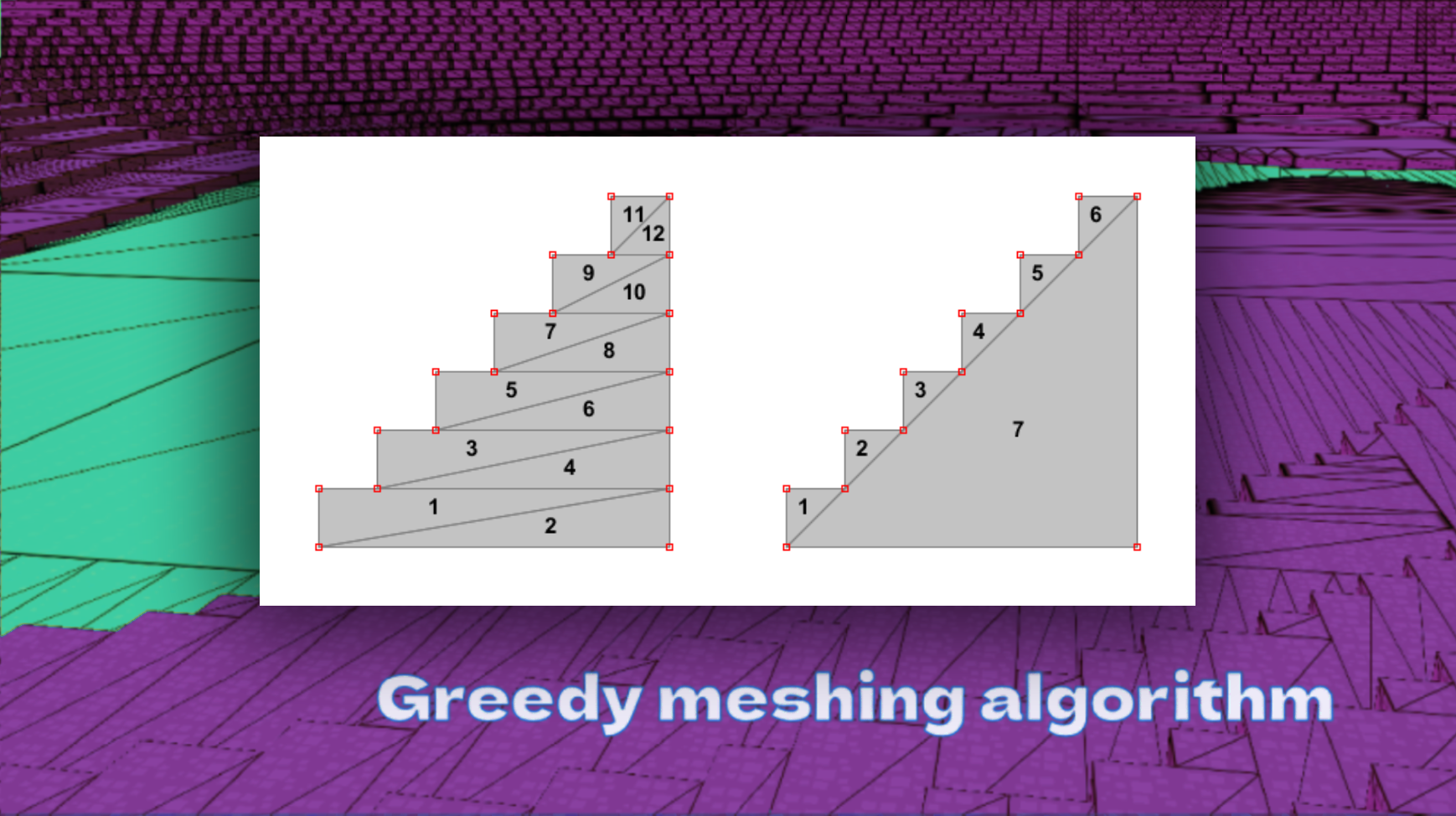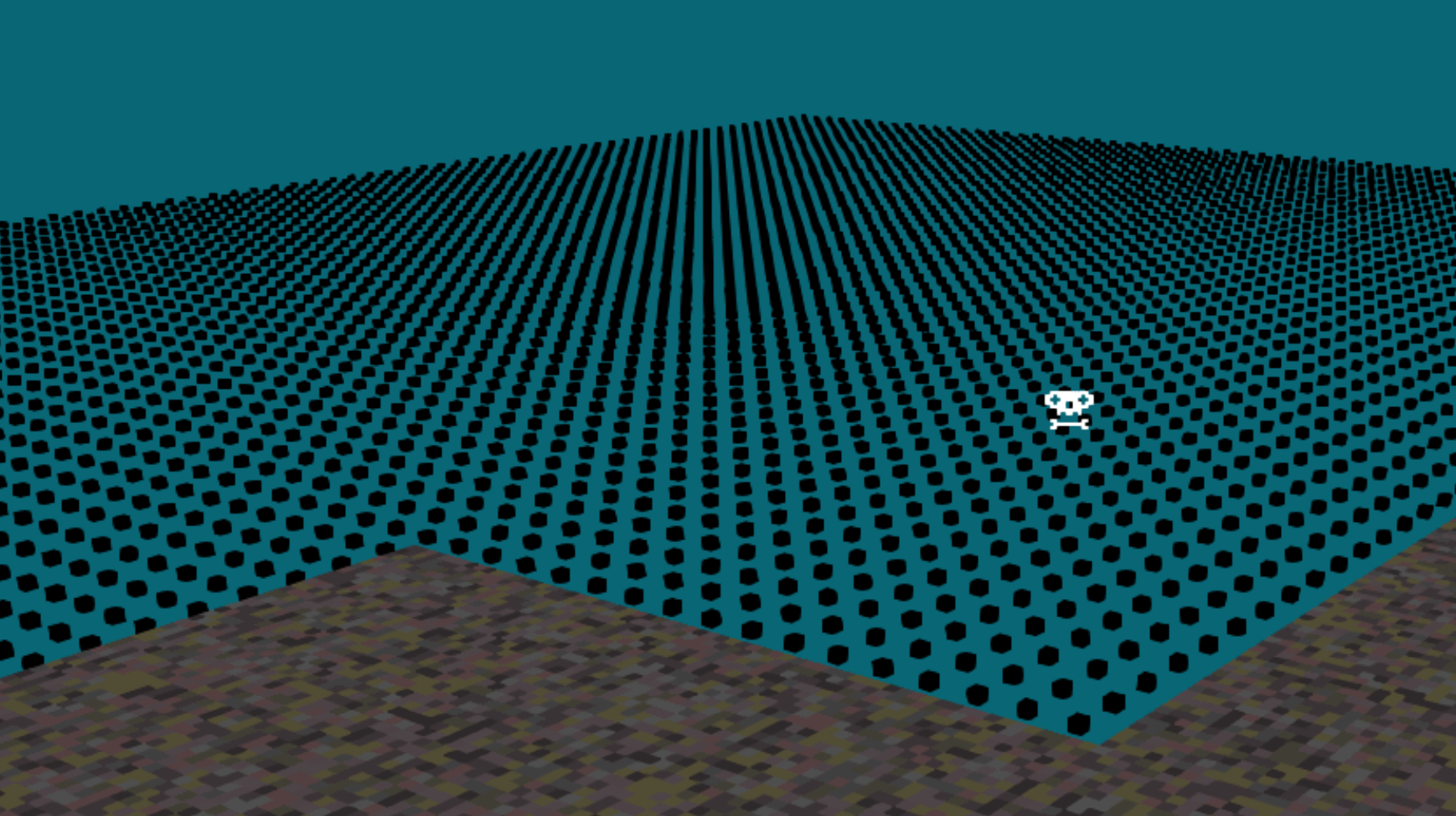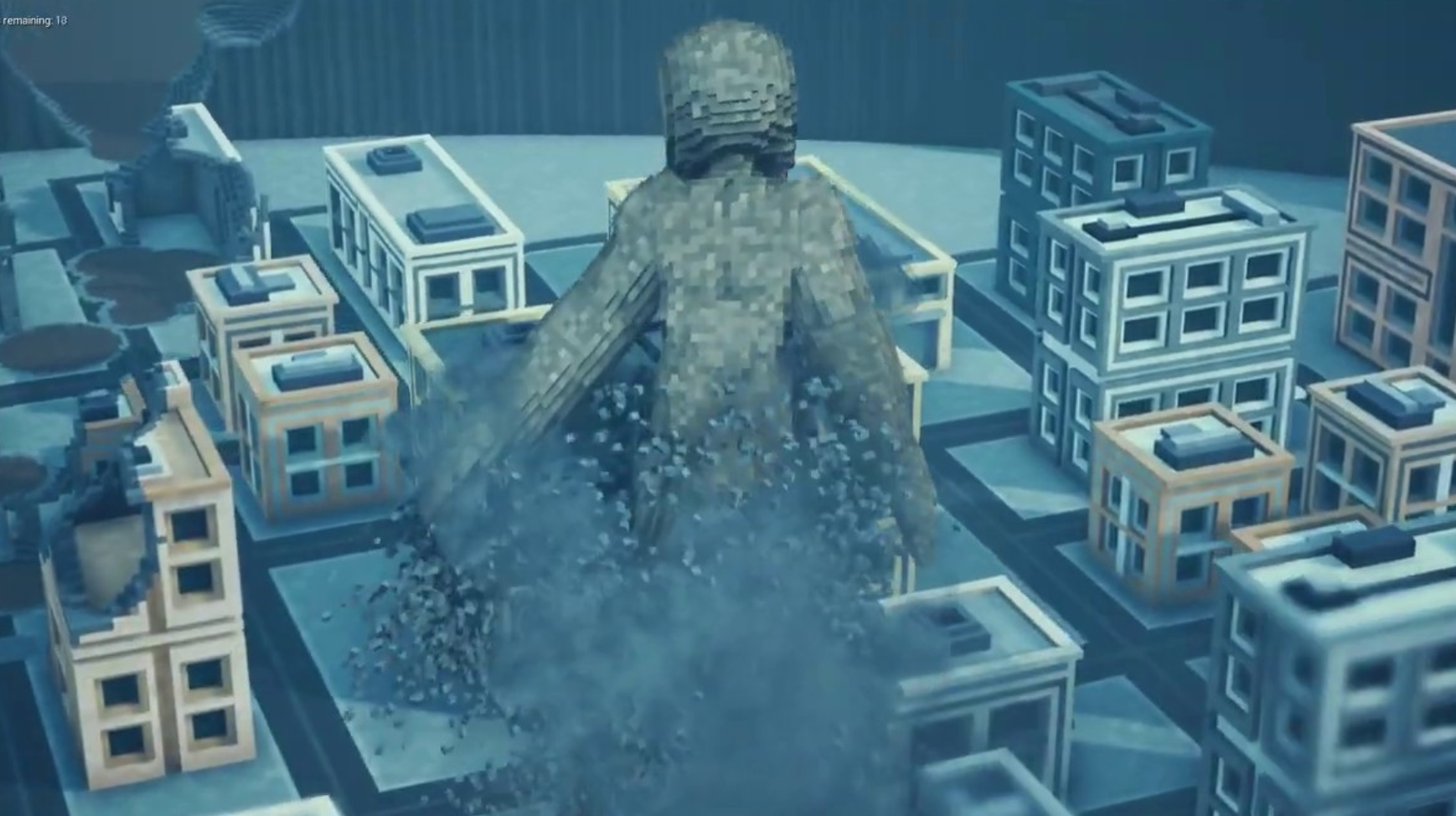Amanatides-Woo Algorithm in Voxel Engines
The Amanatides-Woo algorithm is a popular method for fast voxel traversal in 3D grids, often used in ray-casting applications like voxel engines. Its ability to efficiently step through voxels along a ray path makes it indispensable for various operations such as visibility determination, collision detection, and lighting computations. This article provides a detailed breakdown of the algorithm's implementation, its significance in voxel engines, and common optimizations, pitfalls, and use cases.
- Overview of Amanatides-Woo Algorithm
- Algorithm Implementation
- Optimizing Voxel Traversal
- Use Cases in Voxel Engines
- Common Pitfalls
Overview of Amanatides-Woo Algorithm
The Amanatides-Woo algorithm, developed in 1987, is a grid traversal algorithm designed to efficiently step through the cells (voxels) that a ray intersects in a 3D grid. The algorithm works by computing how far a ray needs to travel in each axis direction before crossing the next voxel boundary. This approach allows the algorithm to quickly identify which voxel the ray is in at each step, making it ideal for voxelized environments where fast traversal is crucial.
In voxel engines, the Amanatides-Woo algorithm is typically used for tasks like ray-casting, where a ray needs to be traced through a voxel grid to determine which voxels are hit. It is particularly useful for rendering, collision detection, and light propagation in voxel-based games or simulations. The algorithm is extremely efficient because it avoids unnecessary floating-point operations and checks only the nearest voxel boundaries in each step.
The core advantage of the Amanatides-Woo algorithm is its efficiency, as it computes the exact traversal path through the voxel grid without visiting voxels that the ray does not intersect. This makes it much faster than brute-force methods that would check every voxel along the ray’s path, particularly in large, sparse voxel grids. Its simplicity and speed make it an essential tool in modern voxel engine design.
Algorithm Implementation
The implementation of the Amanatides-Woo algorithm starts by calculating the ray’s direction and determining the voxel grid cell in which the ray originates. Next, the algorithm calculates the step size along each axis (x, y, z) and determines how far the ray must travel in each axis before it intersects the next voxel boundary. These distances are stored in variables called `tMaxX`, `tMaxY`, and `tMaxZ` for each respective axis.
Each time the ray advances, the algorithm checks which of the three values (`tMaxX`, `tMaxY`, `tMaxZ`) is smallest, as this determines which voxel boundary the ray crosses first. The corresponding tMax variable is then incremented by a pre-calculated `tDelta`, which is the distance between voxel boundaries along that axis. This process repeats until the ray either exits the grid or hits a voxel of interest, such as a solid block.
The key to the algorithm’s efficiency lies in its constant time complexity per voxel step. Rather than iterating through every voxel along the ray’s path, it only checks the nearest voxel boundary and updates the corresponding tMax value. This makes it particularly well-suited for voxel engines, where large numbers of voxels need to be checked quickly, and unnecessary computations can significantly slow down performance.
Optimizing Voxel Traversal
While the basic Amanatides-Woo algorithm is highly efficient, there are several optimizations that can be applied to improve its performance in voxel engines. One common optimization involves using integer arithmetic instead of floating-point calculations. Since voxel grids are inherently discrete, many of the calculations can be performed with integers, reducing the computational cost and improving performance, especially on hardware with limited floating-point capabilities.
Another optimization is to implement early exit conditions. In many voxel engine applications, such as ray-casting for visibility or shadow determination, the ray often hits a solid voxel long before it traverses the entire grid. By checking for collisions or hits at each step and exiting the loop early when a condition is met, unnecessary voxel checks can be avoided, further speeding up the algorithm.
Additionally, voxel engines can benefit from spatial partitioning techniques such as octrees or grids to reduce the number of voxels that need to be traversed. By subdividing the voxel space into hierarchies or bounding boxes, the algorithm can quickly discard regions of space that the ray cannot possibly intersect. This reduces the number of steps needed to complete the ray traversal and improves overall performance in complex voxel scenes.
Use Cases in Voxel Engines
The Amanatides-Woo algorithm has several critical use cases in voxel engines, making it a versatile tool for various tasks. One of the most common uses is in ray-casting for visibility determination. In voxel games, determining which voxels are visible to the player is essential for rendering optimization. By using the Amanatides-Woo algorithm to trace rays from the player’s viewpoint, the engine can quickly determine which voxels need to be drawn and which can be skipped.
Another common use case is in collision detection. Voxel engines often need to detect when a player or object collides with solid voxels in the world. By tracing rays along the path of the moving object and using the Amanatides-Woo algorithm to check for voxel intersections, the engine can efficiently detect collisions and respond accordingly. This is particularly important for physics-based voxel games, where accurate collision detection is crucial for realistic gameplay.
The algorithm is also used in lighting and shadowing calculations. When computing shadows in a voxel world, rays must be traced from light sources to the scene to determine which voxels are in shadow. The Amanatides-Woo algorithm can efficiently handle this task by stepping through the voxel grid and determining which voxels block the light. This allows the engine to generate accurate shadows without having to check every voxel in the scene.
Common Pitfalls
Despite its efficiency, the Amanatides-Woo algorithm has some common pitfalls that developers should be aware of. One such pitfall is precision issues. When working with floating-point numbers, rounding errors can occur, especially over long distances. This can cause the algorithm to step over voxel boundaries incorrectly, leading to missed intersections or inaccurate results. Using integer arithmetic, where possible, can help mitigate this issue.
Another potential issue is when rays are nearly parallel to one of the coordinate axes. In this case, the algorithm may take many small steps along the other two axes, leading to inefficiencies. Special handling for these edge cases, such as detecting when the ray direction is aligned with an axis and skipping unnecessary checks, can improve performance and accuracy in these situations.
Lastly, the algorithm may struggle in highly dense or irregular voxel grids. In voxel engines with complex geometries or non-uniform voxel sizes, the regular grid-based approach of the Amanatides-Woo algorithm may not be as effective. In such cases, more sophisticated traversal techniques or adaptive grids may be necessary to maintain performance and accuracy.

 Donate
Donate

